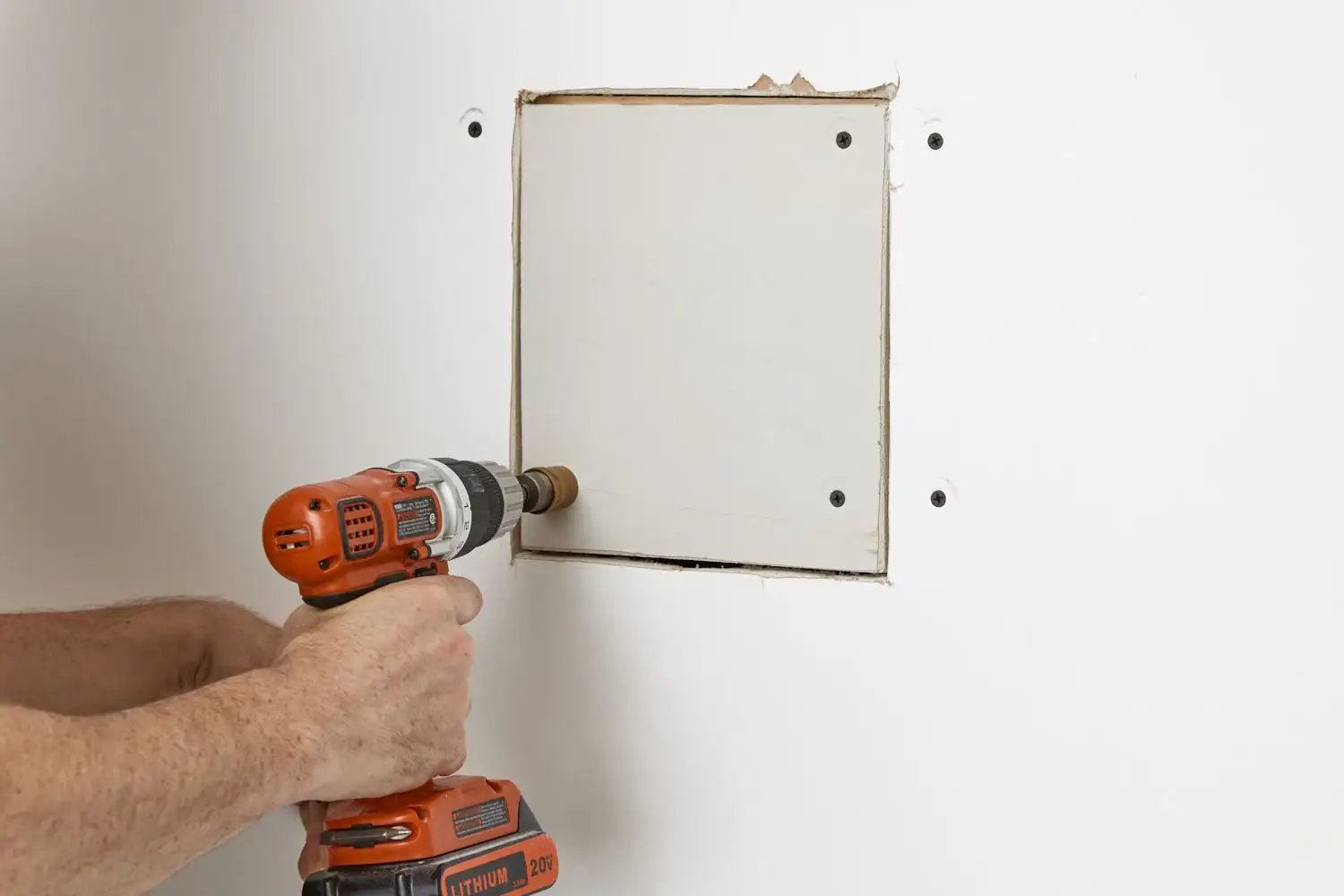Learning to patch and repair drywall is vital to keep walls smooth and maintain appearance. The construction sector depends on using drywall in residential and commercial projects. Walls sustain cracks and develop holes and dents due to various factors. For example, accidents, routine damage, and construction activities all lead to cracking of walls. Wall smoothness and neatness depend on knowing the methods to patch repair and repair drywall. Homeowners and contractors apply these methods for efficient and fast projects.
DO YOU NEED PRECISE DRYWALL ESTIMATION FOR YOUR NEXT PROJECT? CONTACT SMA ESTIMATING LLC FOR EXPERT TAKEOFF SERVICES!
Understanding Drywall Damage
Different types of drywall damage need diverse repair methods. Minor flaws such as dents and nail holes can be fixed with simple plaster. At the same time, bigger holes need more effort, such as repair and bolstering. Knowing the cause of the damage is very important, frequent cracks may show structural movement. Moreover, moisture damage could be a sign of a hidden leak. By knowing the severity and basis of the problem, you can pick a precise tool and method for a lifelong repair. Before initiating repair work, it is critical to calculate the extent of the damage. Drywall issues come in different forms, including:
- Small nail holes from hanging pictures or decorations
- Dents and dings caused by furniture or accidental impacts
- Medium-sized holes due to doorknobs hitting the wall
- Large holes from plumbing or electrical repairs
- Cracks caused by settling or structural movement
Each type of damage requires a different way to patch and repair drywall. Identifying the right method will ensure a flawless finish.
Tools and Materials Needed
The correct tools and resources are crucial to a smooth drywall repair. Whether you are fixing a nail hole, dents, or bigger holes, fine materials certify a smooth finish. A well-resourced toolkit allows you to accomplish the job with care. It also reduces the need for frequent touch-ups. Furthermore, picking the correct repair materials based on the extent of the damage helps retain the integrity of the wall. Right preparation speeds up the procedure of patching and repairing drywall. To effectively patch and repair drywall, you need the right tools and materials. Here is what you should have:
Essential Tools
- Utility knife
- Putty knife
- Sanding block or sponge
- Drywall saw
- Drill (for larger repairs)
- Paintbrush
Materials Required
- Spackle or joint compound
- Drywall patches or replacement pieces
- Mesh tape
- Screws (for larger repairs)
- Primer and paint
Having these supplies ready will make the repair process smoother and more efficient.
A Systematic Guide to Repairing Drywall
Fixing drywall may look challenging, but taking a systematic route makes it handy. The method you pick depends on the extent and severity of the impairment. Small holes and dents need negligible effort. However, medium holes need bolstering for a permanent fix. Bigger holes need more care, often needing a new piece of drywall for a unified repair. Good groundwork, vigilant application, and smooth finishing ways ensure that the fixed section blends flawlessly with the surrounding wall. By following this guide, you can restore your drywall to its original condition with professional results.
-
Fixing Small Holes and Dents
Small holes and dents are the easiest to repair. Follow these steps:
- Clean the impaired area with a dry piece of cloth.
- Apply a small amount of plaster using a putty knife.
- Smooth the surface and remove excess material.
- Let it dry completely, then sand lightly.
- Apply primer and paint for a seamless finish.
-
Repairing Medium-Sized Holes
Medium holes, like those from door handles, need a patch for reinforcement:
- Cut a self-adhesive mesh patch to fit over the hole.
- Apply joint compound over the patch, feathering the edges.
- Let it dry completely and sand it smooth.
- Repeat with a second coat if necessary, then prime and paint.
-
Patching Large Holes
For large holes, a drywall patch is required:
- Cut a square portion of drywall a little bigger than the hole.
- Dash the patch over the dented area and cut along the dashed lines.
- Insert the patch and secure it with screws.
- Apply mesh tape over the seams.
- Cover with joint compound, feathering the edges.
- Sand, prime, and paint once dry.
Pro Tips for a Flawless Repair
Achieving a flawless drywall repair requires attention to detail and the right techniques. Accurate drywall estimation, precise sanding, and seamless blending ensure a smooth, even finish. Taking the time to complete each step properly helps prevent visible patches and rough textures. Using high-quality materials and tools enhances durability and allows the repair to blend naturally with the existing wall. While minor patches can be handled with basic skills, knowing when to seek professional help can save time and prevent further damage.
Use the Right Compound
Different joint compounds are available for repairs. Lightweight spackle works best for small holes, while an all-purpose joint compound is ideal for larger patches.
Feather the Edges
Applying joint compound in thin layers and feathering the edges helps blend the repair with the surrounding wall.
Sand Between Coats
Sanding between layers ensures a smooth surface, preventing uneven spots in the final finish.
Prime Before Painting
Primer helps the repaired area match the rest of the wall and prevents paint absorption inconsistencies.
When to Call a Professional?
You need expert skills to patch and repair drywall. Some drywall repairs are given below:
- Large structural damage
- Water-damaged walls
- Ceiling drywall repairs
- Extensive cracks
Hiring a professional estimating firm can ensure accurate repair costs and high-quality results. If your project involves multiple drywall repairs, consulting experts will save time and effort.
DO YOU NEED PROFESSIONAL TAKEOFF SERVICES FOR DRYWALL INSTALLATION OR REPAIR? CONTACT SMA ESTIMATING LLC FOR ACCURATE ESTIMATES AND EXPERT GUIDANCE!
Final Thoughts on Drywall Repairs
Mastering how to patch and repair drywall allows you to maintain a smooth and clean appearance in your space. Whether fixing small dings or large holes, using the right tools and techniques ensures flawless results. Using a reputable estimating firm to estimate costs and repair drywall enables more efficient workplace operations at reduced expenses. These steps provide you with a method to handle drywall fixes successfully. They also ensure that wall maintenance quality remains high.

